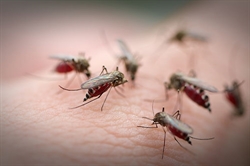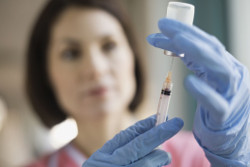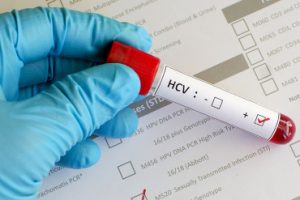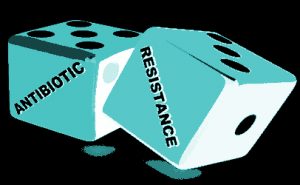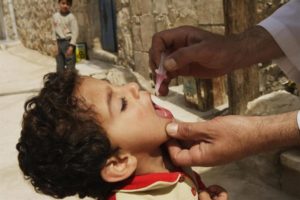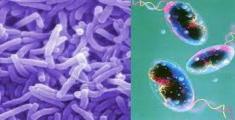Mysterious New Mosquito-Borne Disease Found in Caribbean
Mysterious New Mosquito-Borne Disease Found in Caribbean http://www.genengnews.com/gen-news-highlights/mysterious-new-mosquito-borne-disease-found-in-caribbean/81253208/ Physicians in Haiti and researchers from the University of Florida (UF) have stumbled upon a patient infected with a rare virus that until recently has been confined to small outbreaks in the Amazon. Known as Mayaro virus, this pathogen belongs to the Alphavirus genus, is closely related to chikungunya, and produces a dengue-like illness that is often accompanied by long-lasting arthralgia (joint pain). Whether this case signals the start of a new...




